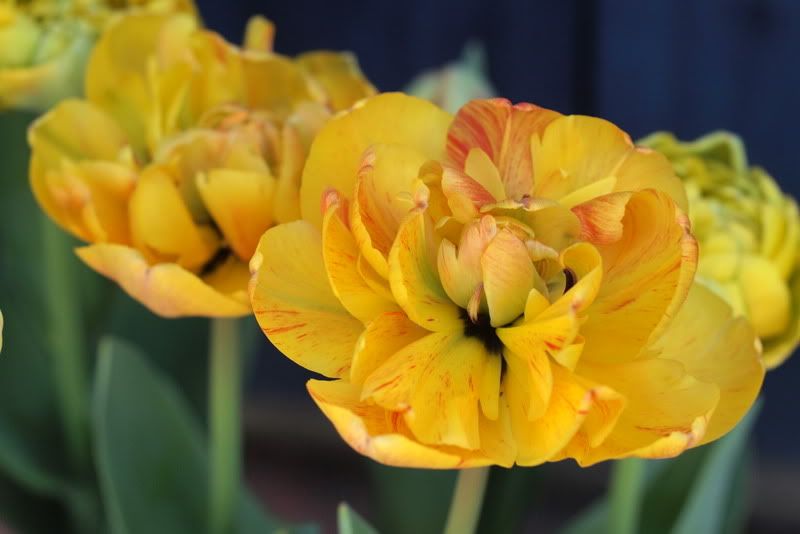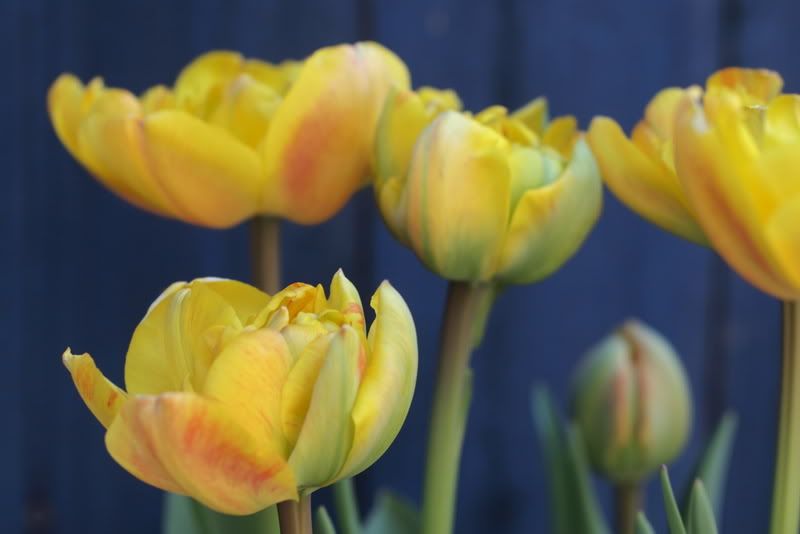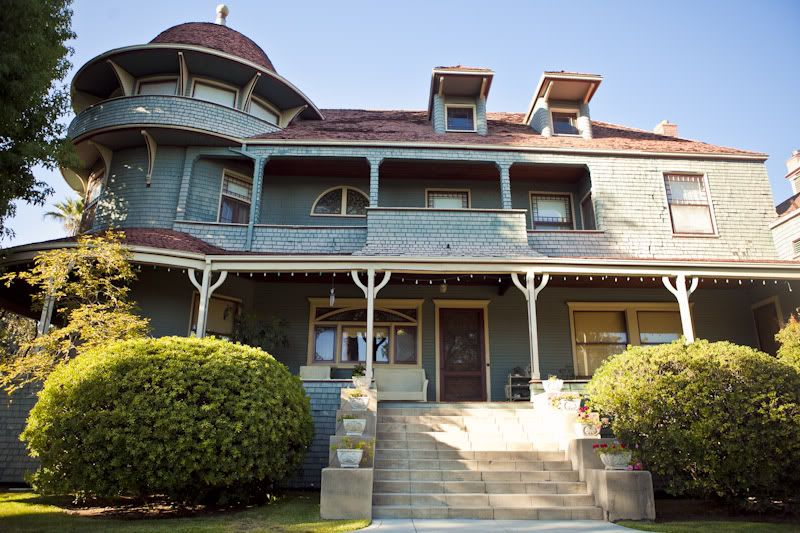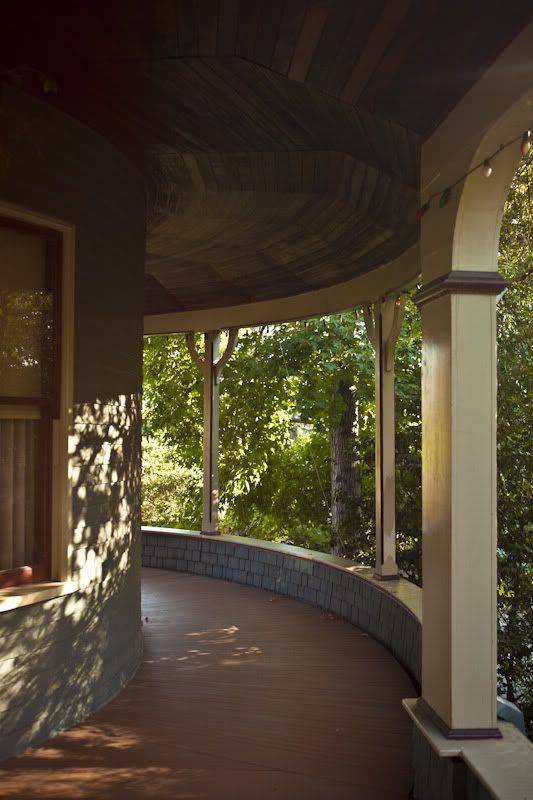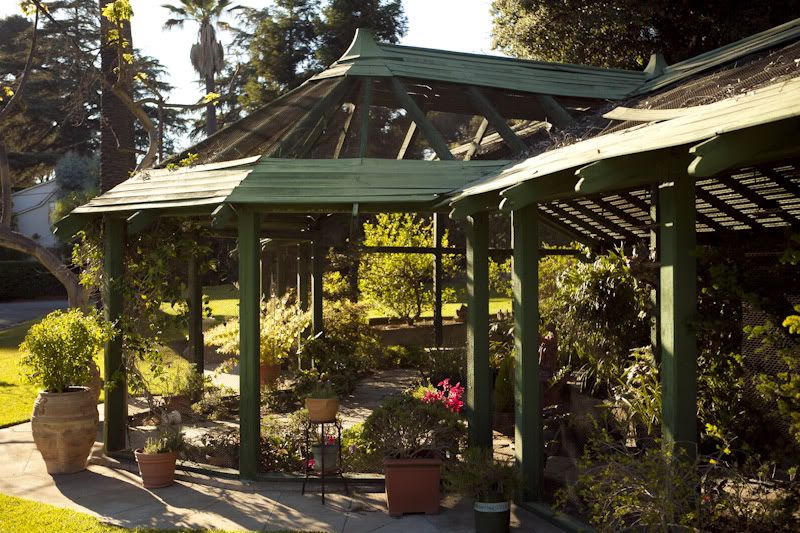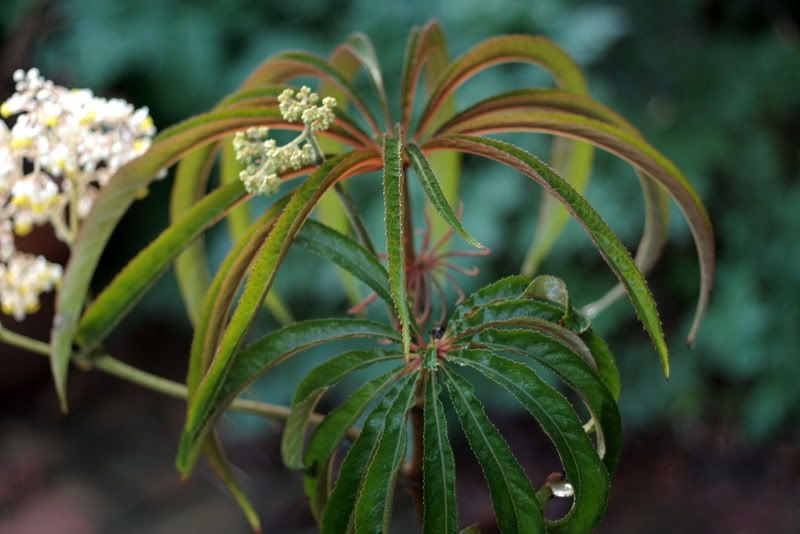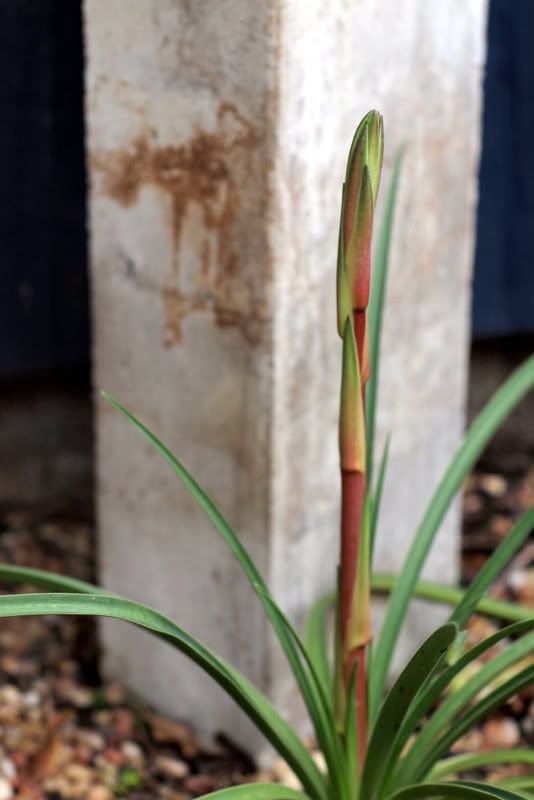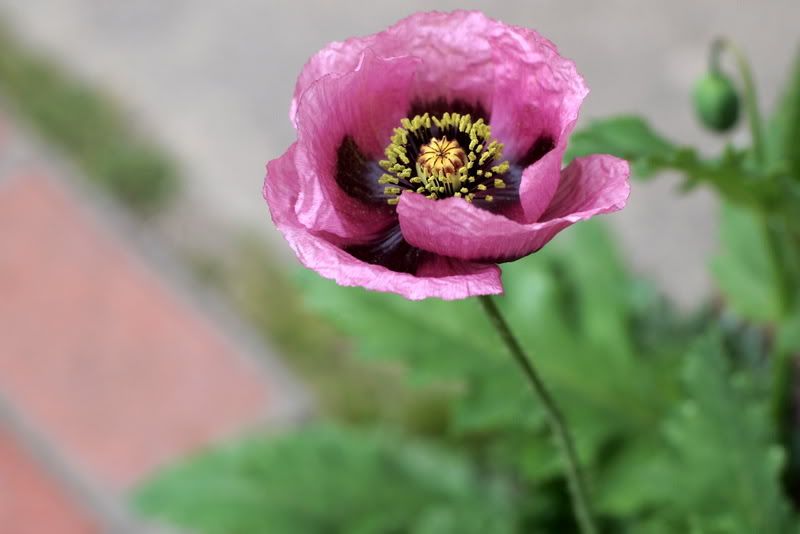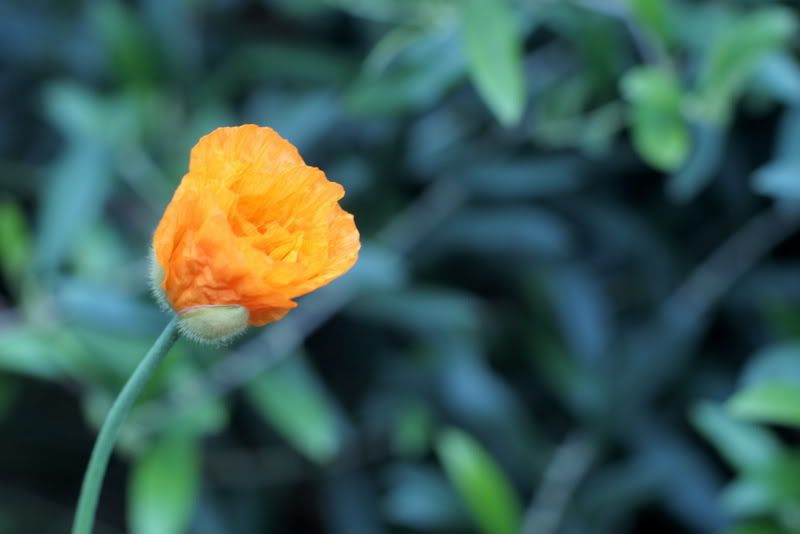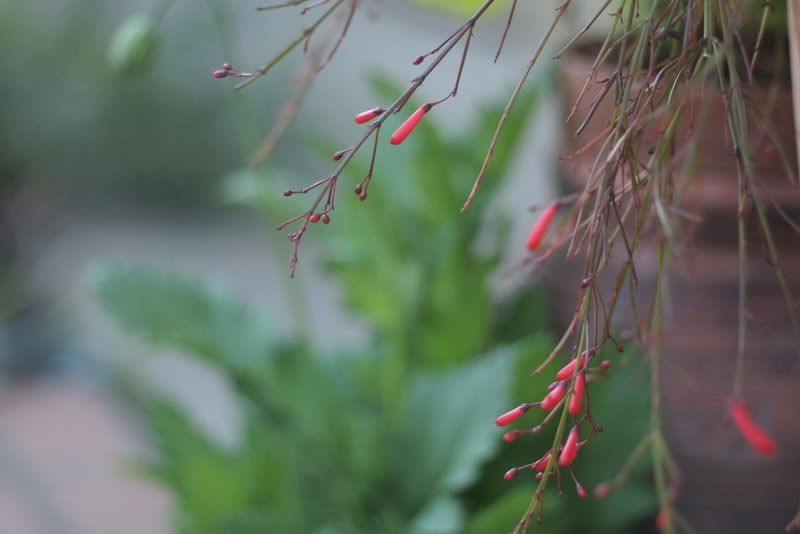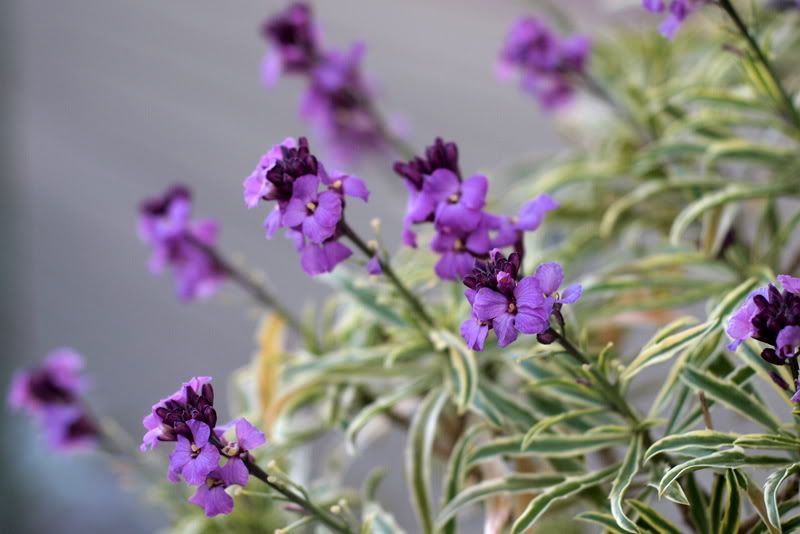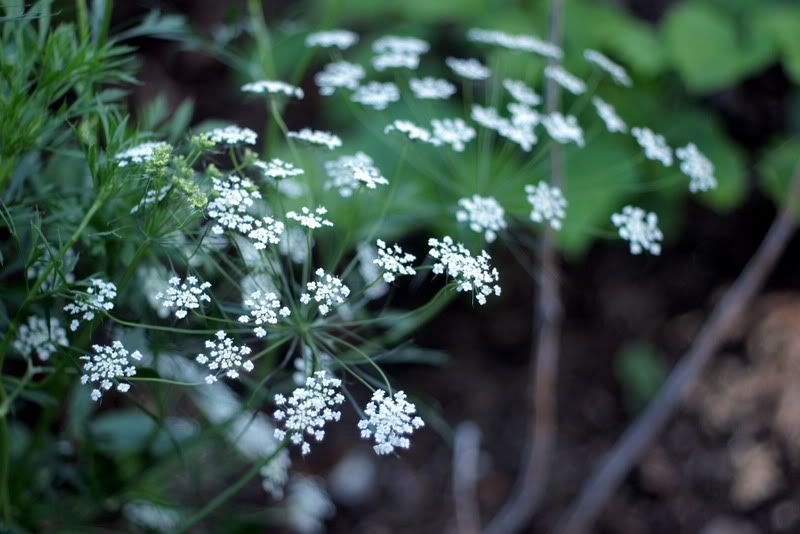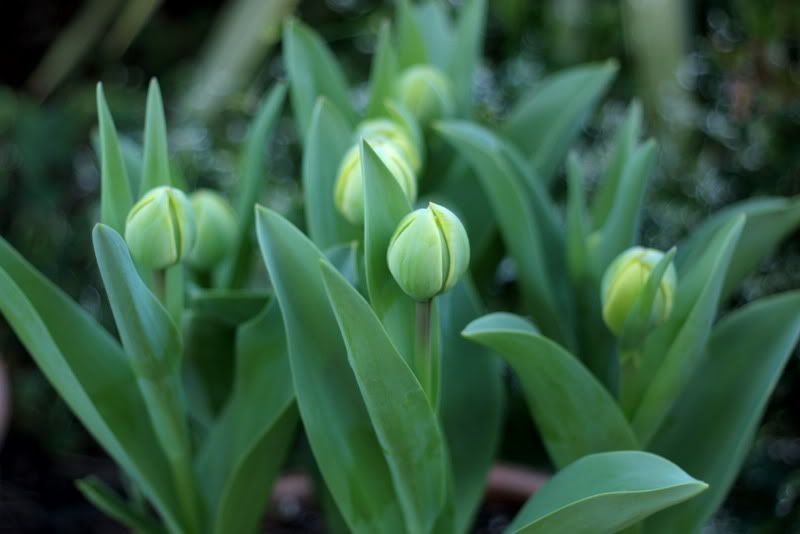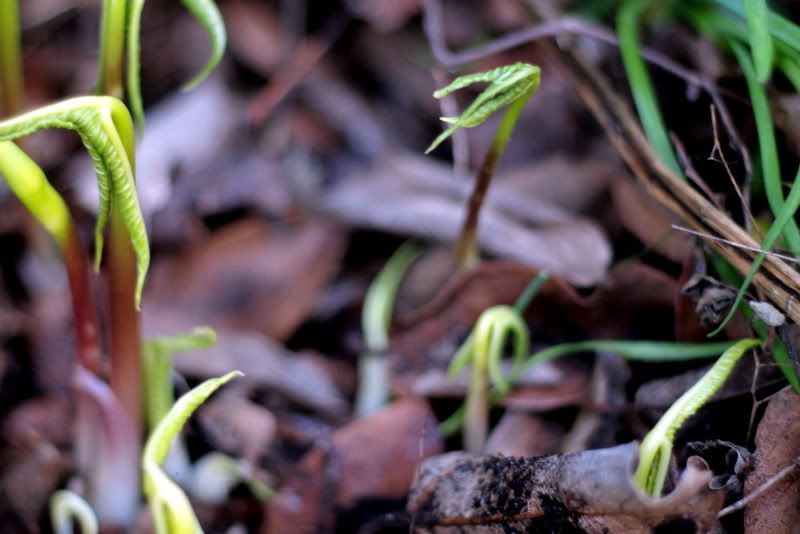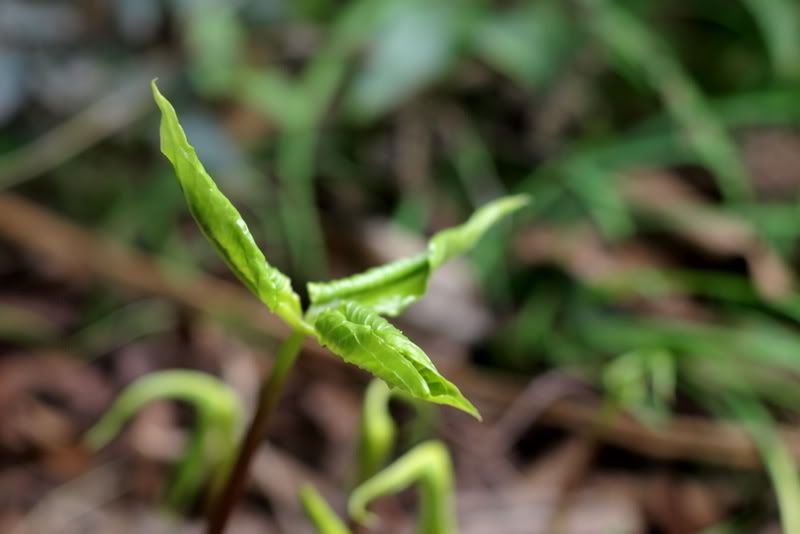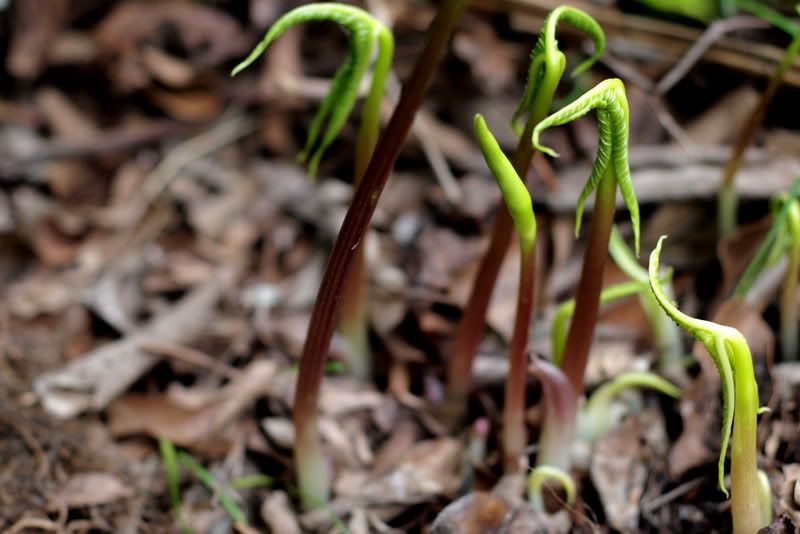Temps dropped into the high 30’s last night, not enough to damage tender pelargoniums, but cold enough to need a blanket for the couch (Hitchcock’s Foreign Correspondent in the queue. If only Jimmy Stewart or Cary Grant had the lead instead of Joel McCrae, the movie would be first rate rather than just interesting. George Sanders, as ever, is amazingly smooth in a supporting part.)
But that central dark blotch deepened by the cold is probably as chocolatey as the leaves will get before the blotch begins to gradually melt away as spring temperatures increase.
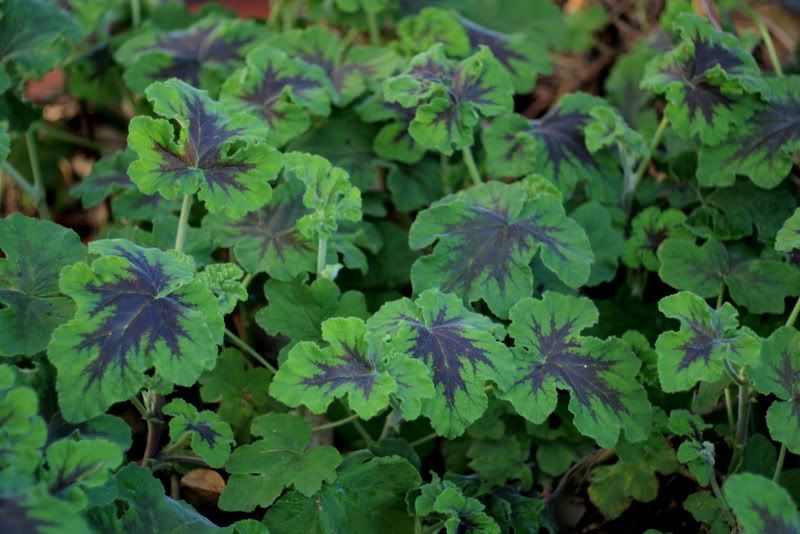
This pelargonium has the ground under the fringe tree all to itself, in total a square of about 6×6 outlined by minty undulations in a sea of bricks.

An entire square of peppermint-scented geranium except for the fleece vine against the fence and that exclamation point of a leaf, probably a byzantine gladiolus.
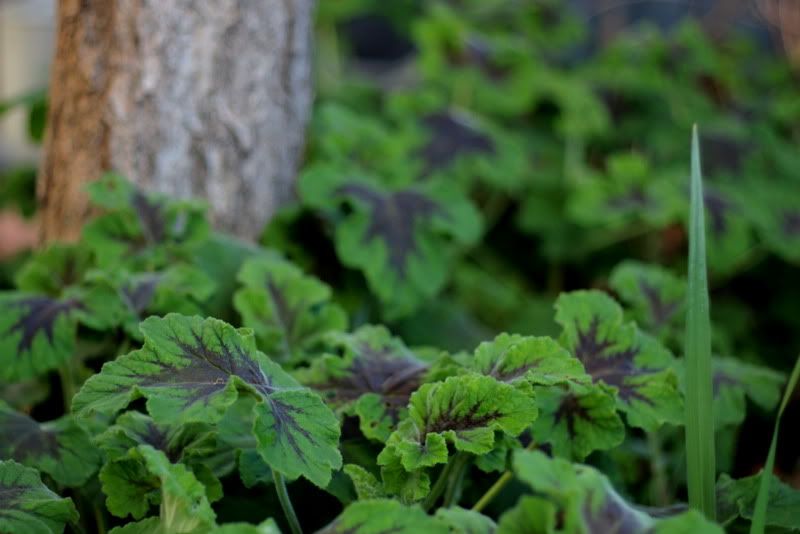
I seem to have had bulbs with the pale, washy-colored flowers fobbed off on me, not the desired strong magenta, a common problem when mail-ordering this glad, and this inferior strain now spreads everywhere. If I remembered the nursery that sent them, I’d publicly shame them. Here’s a photo of the real deal from the gymnosperm website. (I’d like 6×6 of just these glads with maybe some asphodel and Stipa gigantea thrown in.)
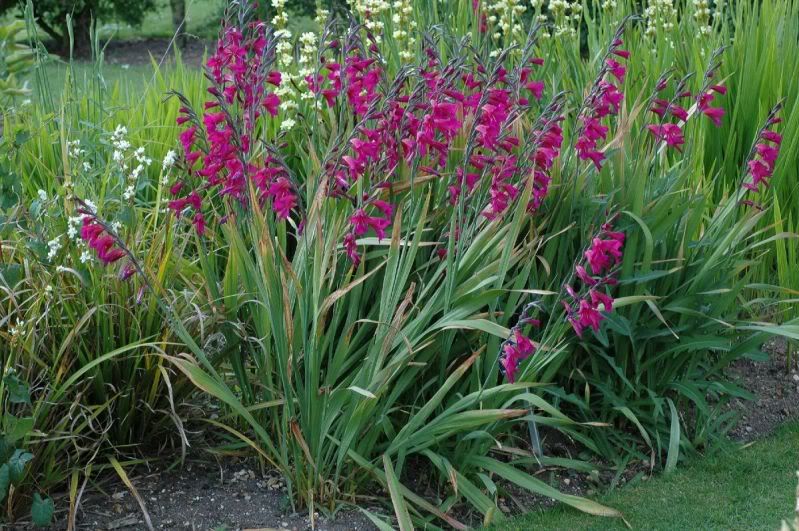
Last year I intended to rip out the pelargonium and instead spread gravel in the 6×6 square because, by late summer, this sprawling subshrub is not at its plush-leafed best. But by fall, I was so busy sweeping up the fallen leaves and inky blue fruit of the fringe tree, I never got around to it. In other words, gravel is a poor option here. And then there’s this incredibly lusty resurgence of the pelargonium every spring.
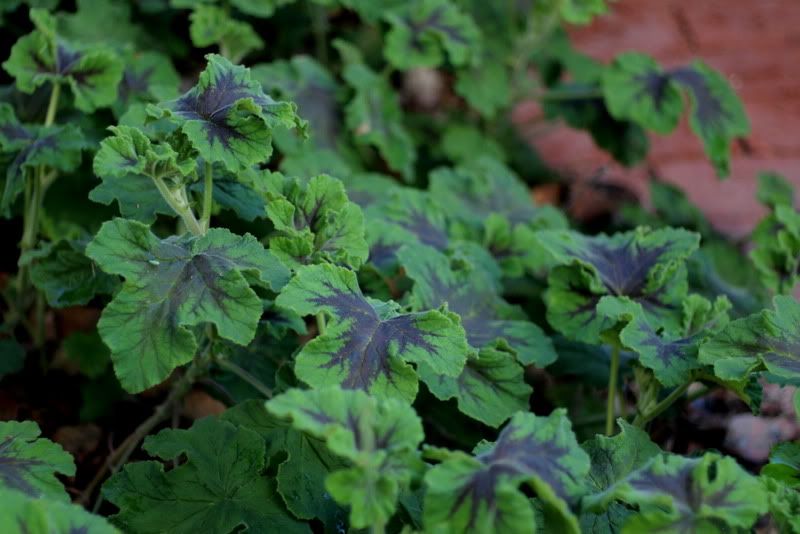
So the pelargonium continues as a place keeper, tolerating fairly abysmal conditions of shade and dry soil, until a better idea surfaces. I’ve long since abandoned my usual inclination to grow a little of everything here, bulbs, hellebores, because by summer that approach was an awful mess of dying bulb leaves. The pelargonium looks tolerable at least up to July. And even gravel wouldn’t have a longer run, once all the bits and detritus start raining down. I really hate to be lukewarm about plants, having to view them coldly as problem solvers, preferring the madly-in-love relationship, but there are these spots where compromises must be made, in my garden mostly the ground under trees. And for me, the undisputed virtues of trees nullify any gardening qualms about what should grow under them. While I putter around at ground level, studying minutiae (and sweeping!), the momentous lives of trees unfold high overhead, absorbed in all their very important tree business, supremely indifferent to whether gravel or pelargoniums surround their trunks.



